Africanized Honey Bees: The Story of a Notorious Hybrid
Africanized honey bees, often referred to as "killer bees," are a hybrid of African and European honey bees. They were originally produced by crossbreeding experiments in Brazil in the 1950s. The goal was to create a honey bee better adapted to the tropical conditions of South America and capable of producing more honey.
However, some of these hybrid bees escaped and began to spread throughout South and Central America, eventually reaching the southern United States by the 1990s. Africanized honey bees are known for their highly defensive behavior and tendency to swarm aggressively when disturbed.
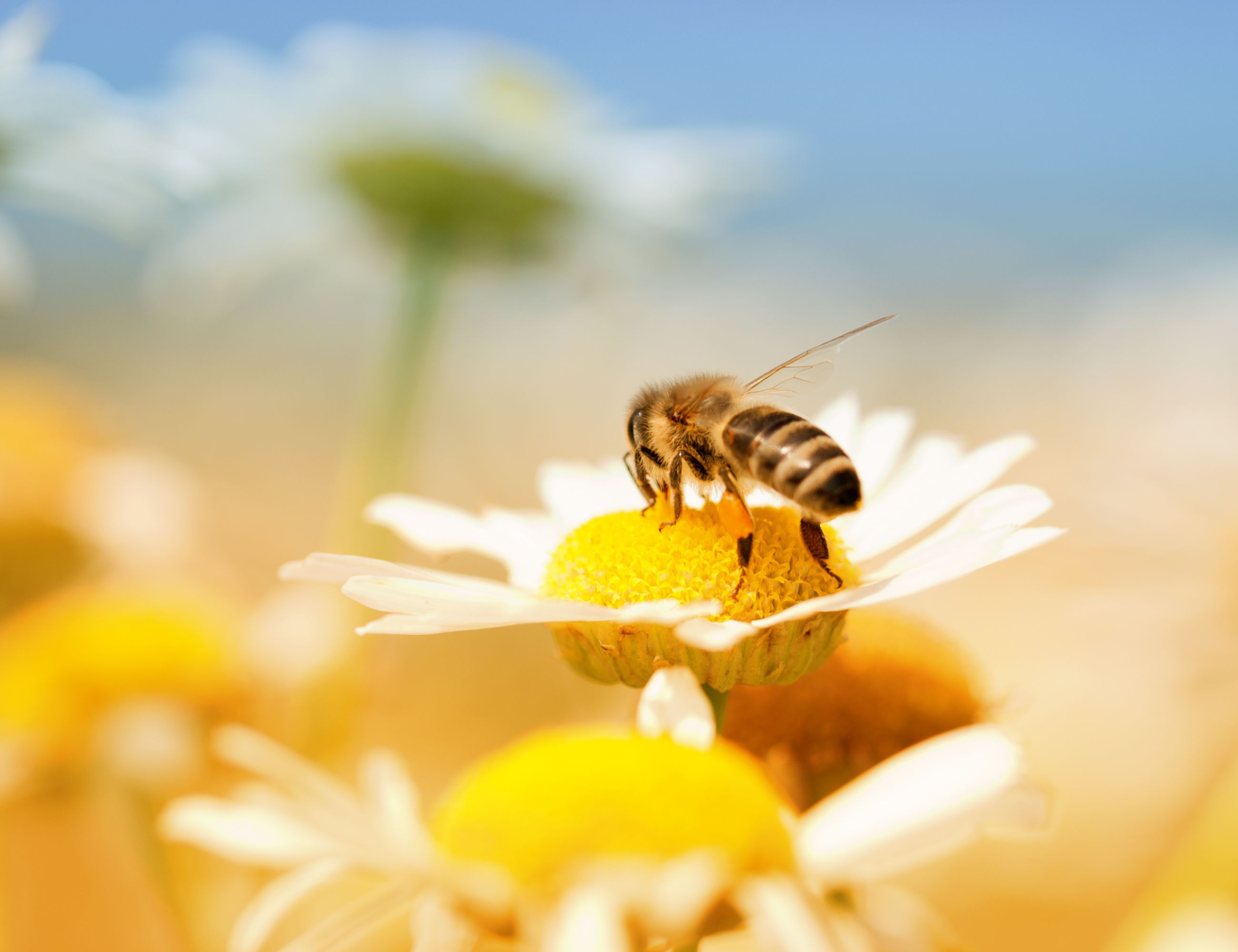
Africanized honey bees, often referred to as "killer bees," are a hybrid of African and European honey bees. They were originally produced by crossbreeding experiments in Brazil in the 1950s. The goal was to create a honey bee better adapted to the tropical conditions of South America and capable of producing more honey.
However, some of these hybrid bees escaped and began to spread throughout South and Central America, eventually reaching the southern United States by the 1990s. These honey bees are known for their highly defensive behavior and tendency to swarm aggressively when disturbed.
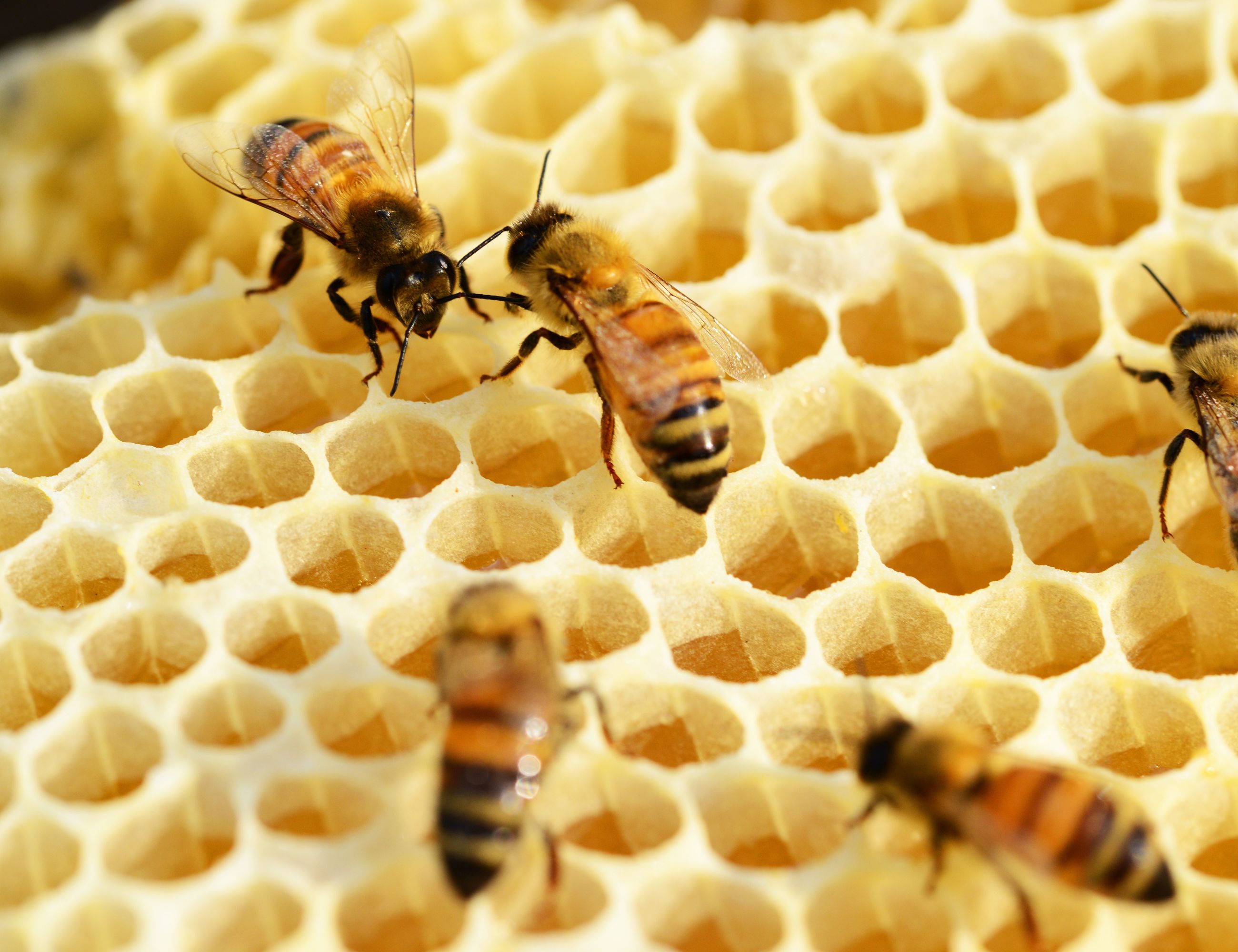
Let's dive deeper into, background, behavior, spread, and management of Africanized honey bees.
- Background and Hybridization:The Africanized honey bee (AHB) is a hybrid resulting from the crossbreeding of the European honey bee (Apis mellifera) with the African honey bee subspecies (Apis mellifera scutellata). The goal of hybridization experiments in the mid-20th century was to combine the hardiness of the African bees with the productivity of the European bees.The project started in Brazil in the 1950s under the supervision of geneticist Warwick Estevam Kerr. However, in 1957, some of the experimental colonies escaped confinement, leading to the establishment of wild Africanized honey bee populations.
- Behavior: Notorious for their aggressive behavior. They exhibit heightened defensive responses to disturbances near their hives.They tend to react more quickly and in greater numbers compared to their European counterparts. While European honey bees may send out a few guard bees to confront threats, Africanized bees are more likely to mobilize the entire colony to defend the hive.AHBs have a tendency to swarm more frequently and in larger numbers. Swarming is their natural reproductive process, but Africanized bees may swarm more often as a response to disturbances or environmental factors.
- Spread: Spread rapidly through South and Central America, reaching the United States by the 1990s. They initially entered the U.S. through southern states such as Texas, Arizona, New Mexico, and California.The spread of these bees are facilitated by their ability to adapt to diverse climates and habitats, as well as their tendency to outcompete and hybridize with European honey bee populations.
- Management and Mitigation:Effective management strategies for these honey bees involve a combination of education, monitoring, and control measures.Public education programs aim to raise awareness about the behavior of Africanized honey bees and teach individuals how to avoid provoking them.Beekeepers may employ techniques to minimize hybridization between Africanized and European honey bee populations. These techniques may include requeening hives with European honey bee queens or using managed colonies to mitigate the spread of Africanized genetics.In urban or densely populated areas, aggressive Africanized honey bee colonies may be identified and removed by trained professionals to reduce the risk of stings and mitigate potential hazards to humans and animals.
Despite their reputation, They play a vital role in pollination and honey production. Efforts to manage their populations aim to strike a balance between minimizing risks to humans and preserving the ecological contributions of these important pollinators.

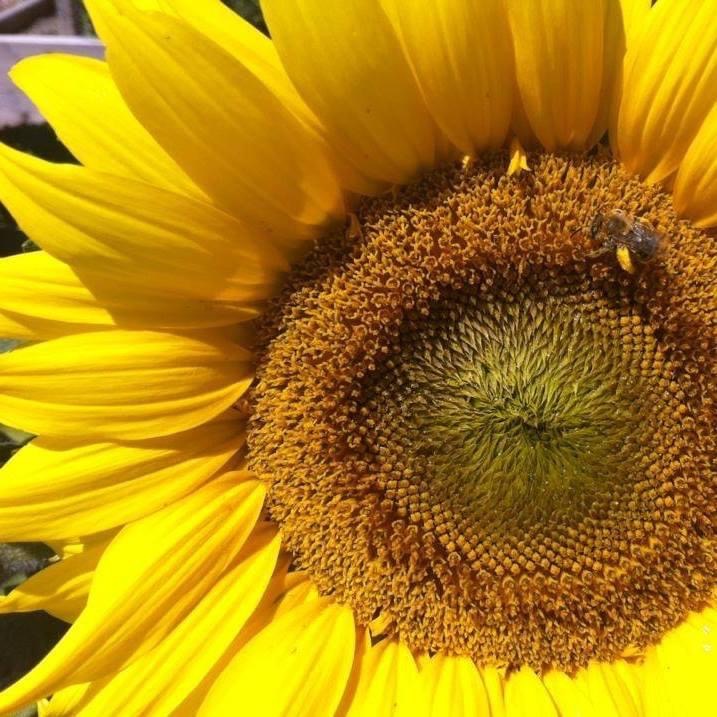
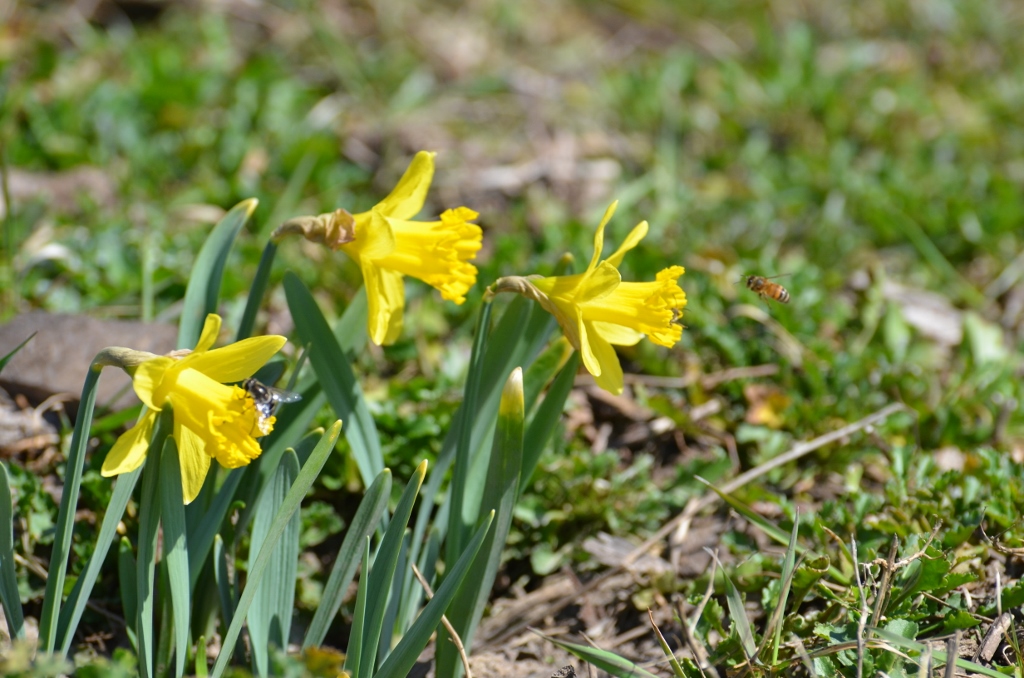


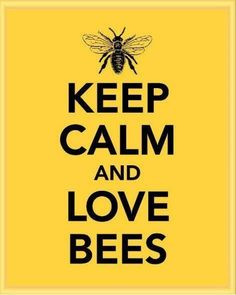

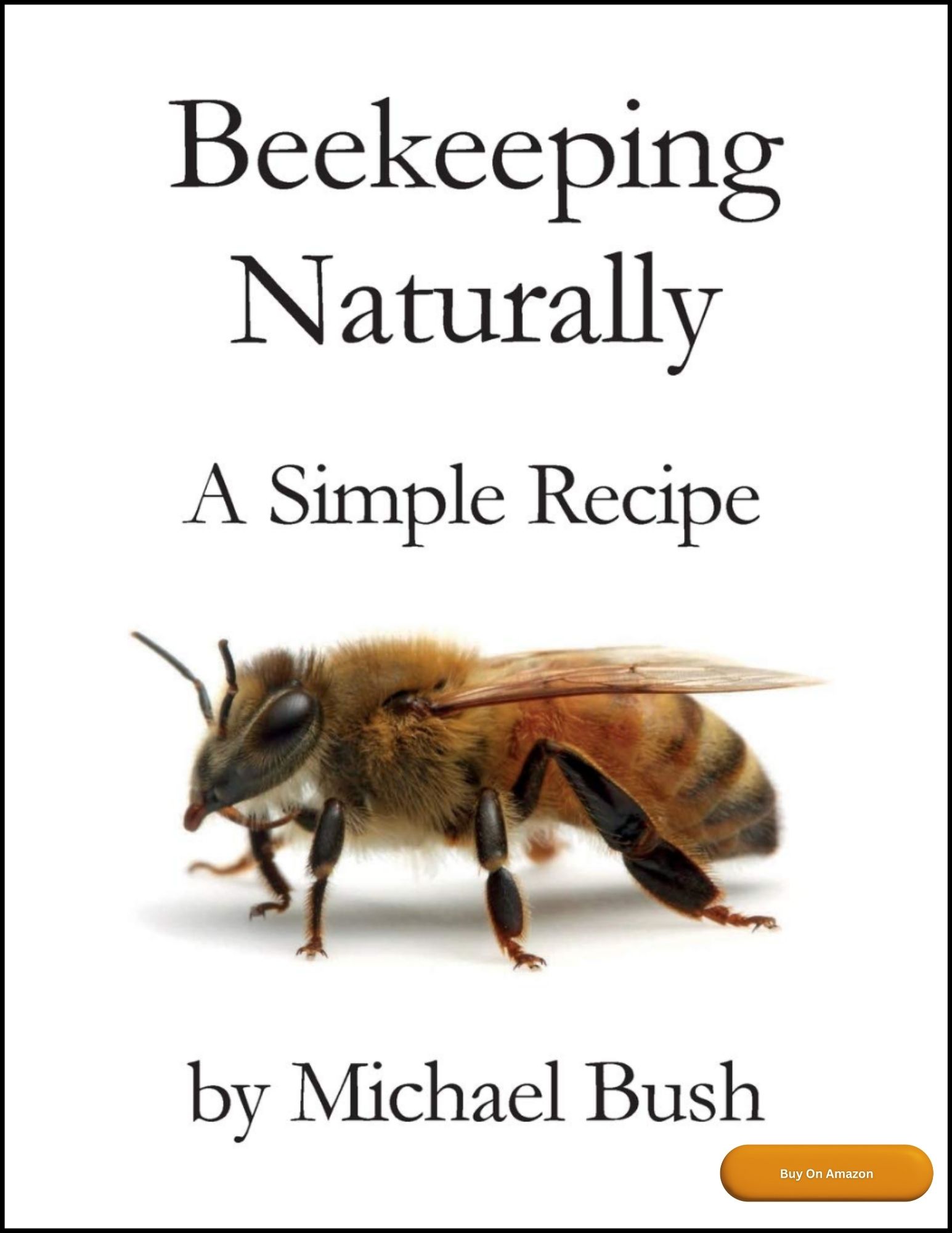
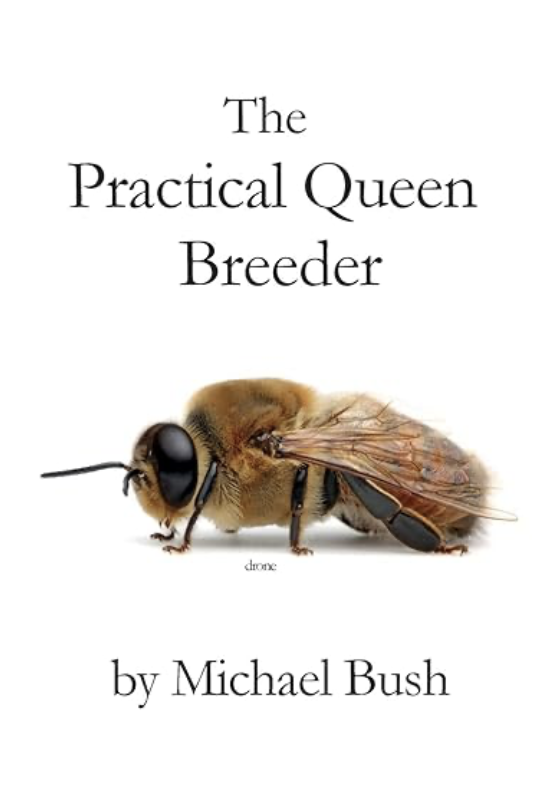

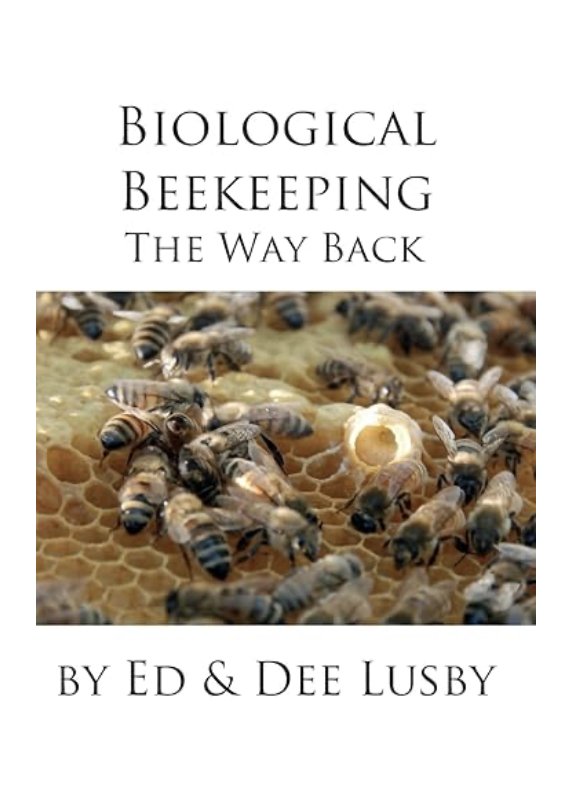

New! Comments
Have your say about what you just read! Leave me a comment in the box below.